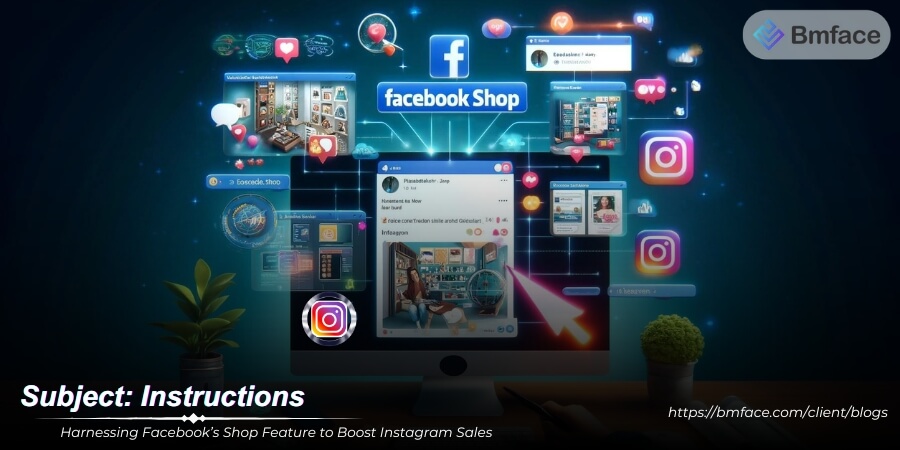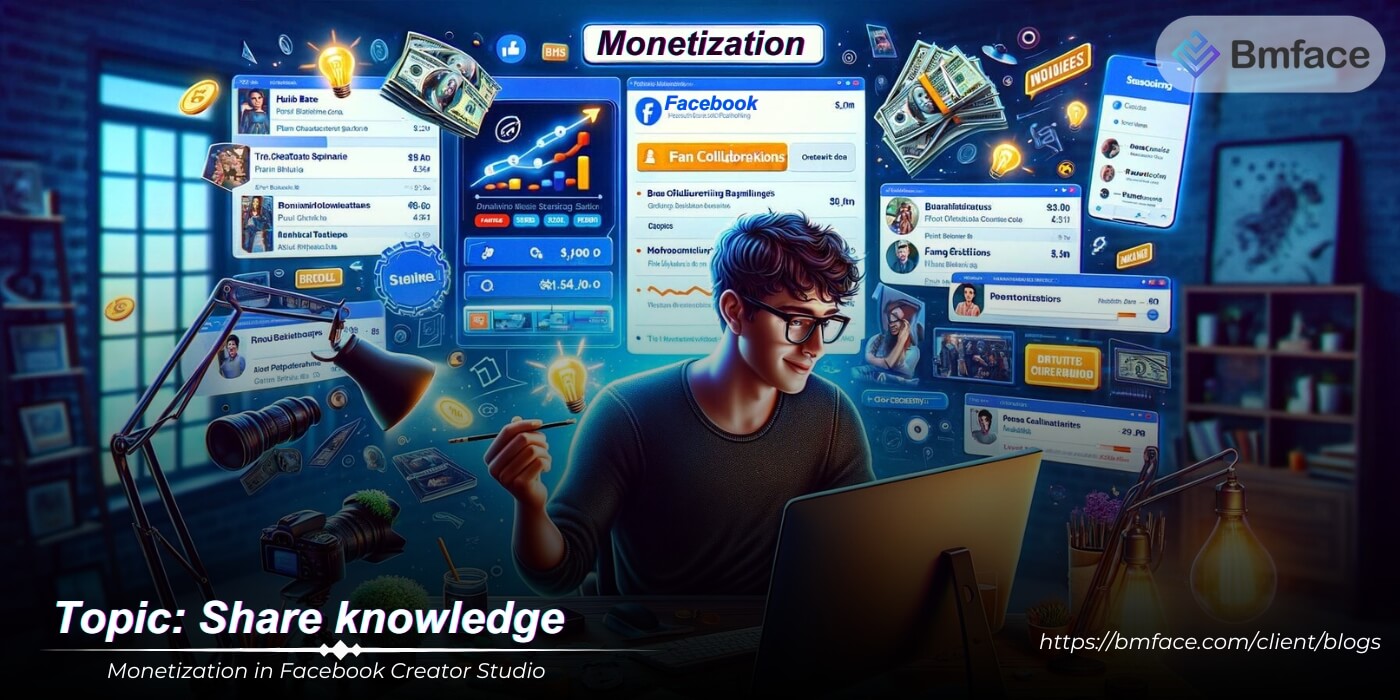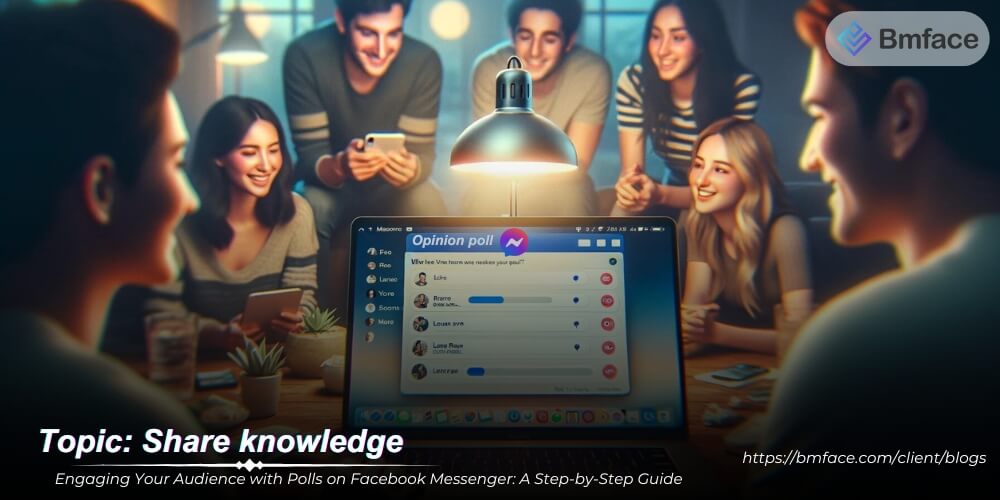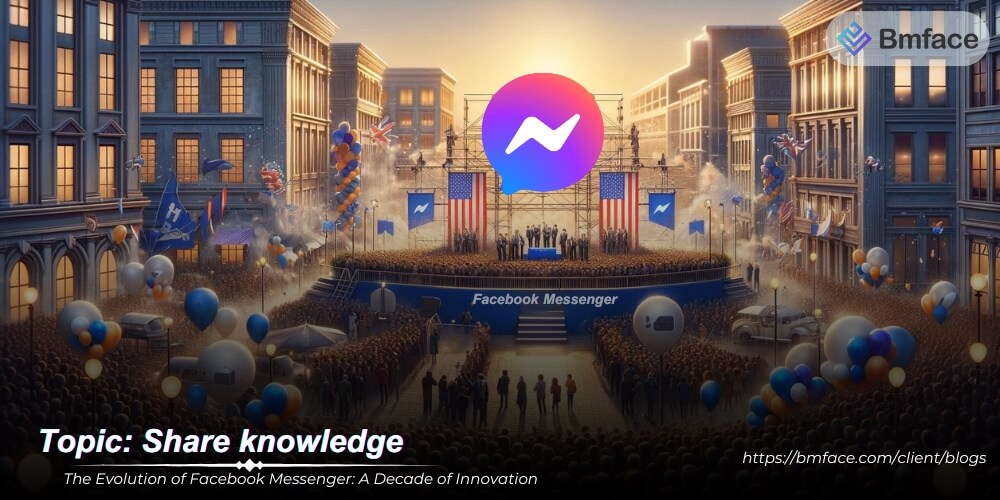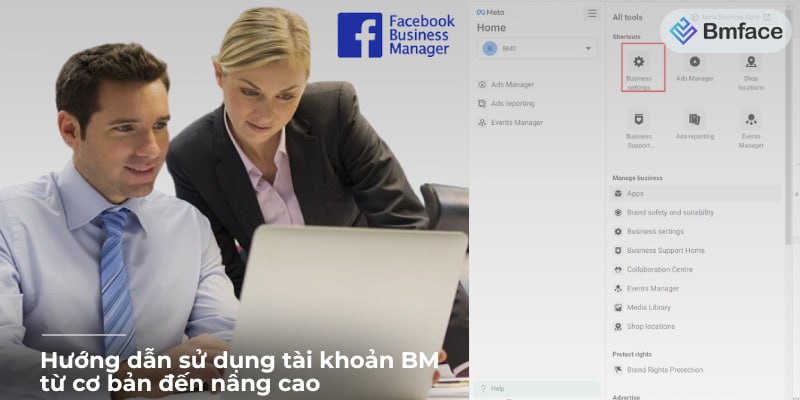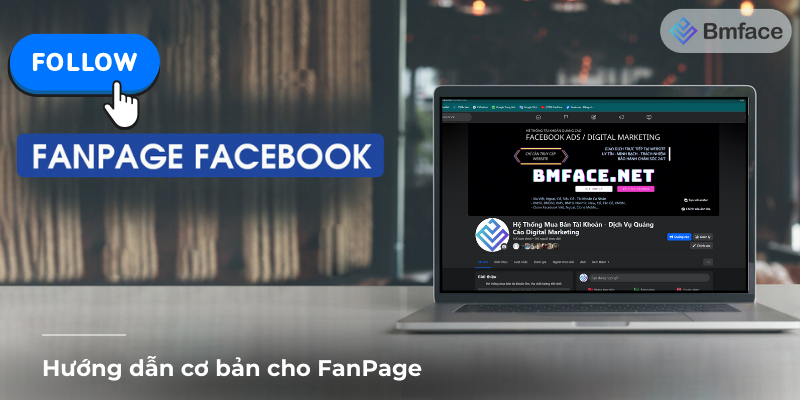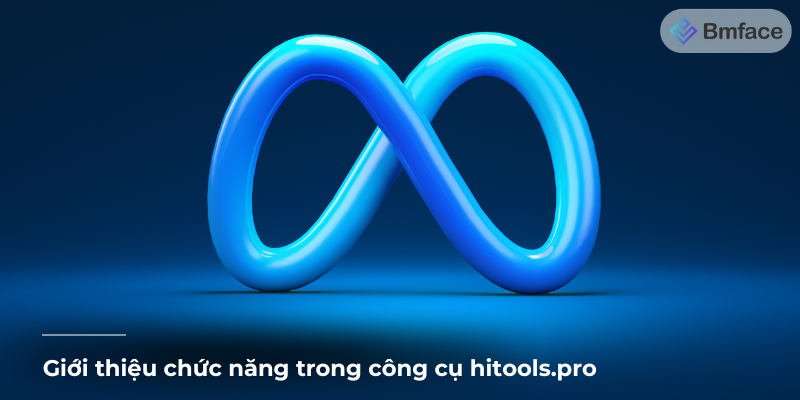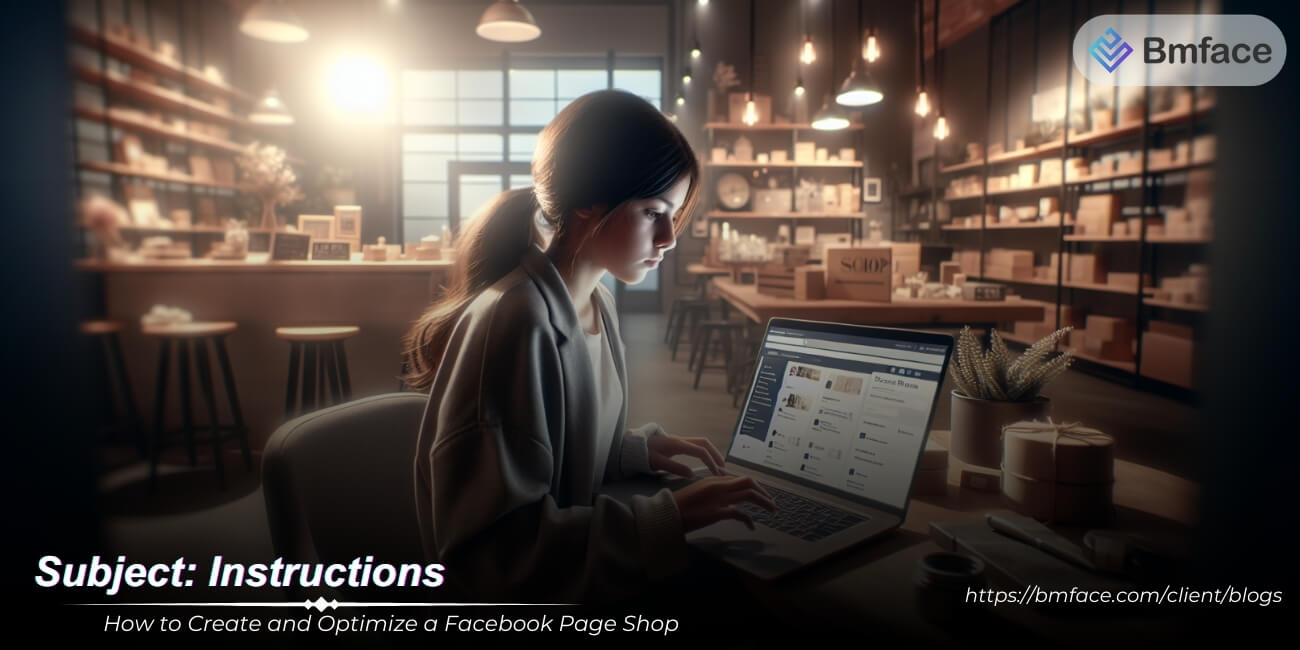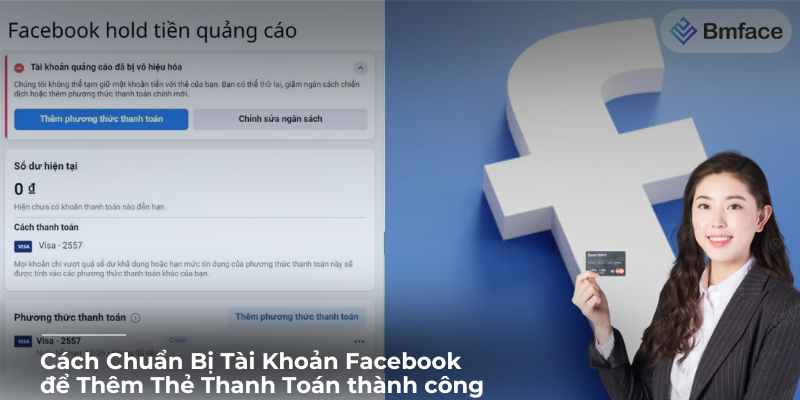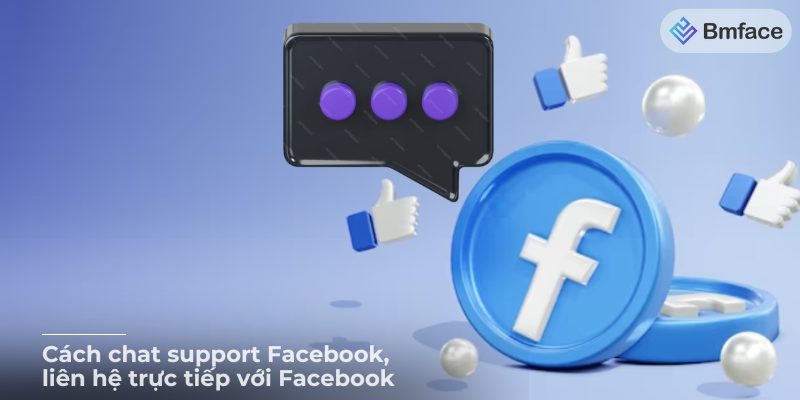In the realm of digital marketing, taking advantage of Facebook's Shops feature can significantly enhance your Instagram selling efforts. This integration not only streamlines the shopping experience but also attracts a larger audience on both platforms. BMface will guide you through the process of using Facebook Shop to complement your Instagram shopping strategy, aiming to increase sales and increase the visibility of your digital storefront.
The Power of Facebook Shop
The introduction of Facebook Shop marks a significant shift in how businesses can leverage social media for e-commerce. This feature is designed to transform a business's Facebook page into a dynamic storefront, offering customers a seamless shopping experience directly within the Facebook platform. Here's an overview of the power of Facebook Shop and how it can benefit businesses:

1, What is Facebook Shop?
Facebook Shop is an integrated shopping feature that allows businesses to set up a customizable storefront on their Facebook page. It is designed to streamline the shopping process by keeping potential customers on the social platform, thus reducing the steps to conversion and potentially increasing sales.
2, Key Features of Facebook Shop
-
Seamless Integration: Facebook Shop is directly integrated into a business's Facebook page, making it accessible to anyone visiting the page. This integration helps maintain the user's presence on Facebook, enhancing the likelihood of engagement and purchase.
-
Customizable Storefront: Businesses can customize their Facebook Shop, choosing which products to highlight and how to present them. This customization includes arranging products in collections and featuring specific items to align with promotions or customer preferences.
-
Direct Checkout: In regions where it's supported, Facebook Shop allows transactions to be completed without leaving the platform, offering a complete, seamless shopping experience that can include checkout, payment, and order tracking.
-
Interactive Features: Customers can easily browse products, read descriptions, view images, and interact with the business through comments or messages, making the shopping experience interactive and personalized.
-
Mobile-First Design: Facebook Shop is optimized for mobile devices, catering to the growing trend of mobile shopping and ensuring that users have a positive experience regardless of the device they use.
3, Benefits of Facebook Shop for Businesses
-
Increased Exposure: Products featured on Facebook Shop are discoverable both on the business’s page and through Facebook's search and marketplace features, significantly widening the potential audience.
-
Enhanced Customer Engagement: The interactive and social nature of Facebook Shop encourages engagement, allowing customers to like, comment, and share products. This engagement can increase visibility and drive additional traffic to the shop.
-
Data Insights: Facebook provides valuable insights into how customers interact with your shop, such as product views, clicks, and purchases. This data is crucial for understanding customer preferences and optimizing product offerings and marketing strategies.
-
Streamlined Sales Process: By reducing the steps between product discovery and purchase, Facebook Shop helps streamline the sales process, which can lead to higher conversion rates and increased sales.
-
Direct Communication with Customers: The integrated messaging system allows for direct communication between businesses and customers, facilitating improved customer service and building stronger relationships.
Facebook Shop represents a powerful tool for businesses looking to expand their e-commerce presence on social media. By integrating a customizable and interactive shop directly into their Facebook page, businesses can provide a convenient and efficient shopping experience. This setup not only enhances customer engagement and satisfaction but also increases the visibility of their products, driving sales and fostering brand loyalty. As more businesses adopt Facebook Shop, it is poised to become a crucial component of the social commerce landscape, blending social engagement with straightforward e-commerce capabilities.
Setting Up Facebook Shop
Setting up a Facebook Shop is a strategic move for businesses looking to leverage Facebook's vast user base to increase online sales. This platform not only allows you to reach a wider audience but also provides a streamlined shopping experience that can enhance customer engagement and boost conversions. Here’s a detailed guide on how to set up your Facebook Shop and optimize your product listings:
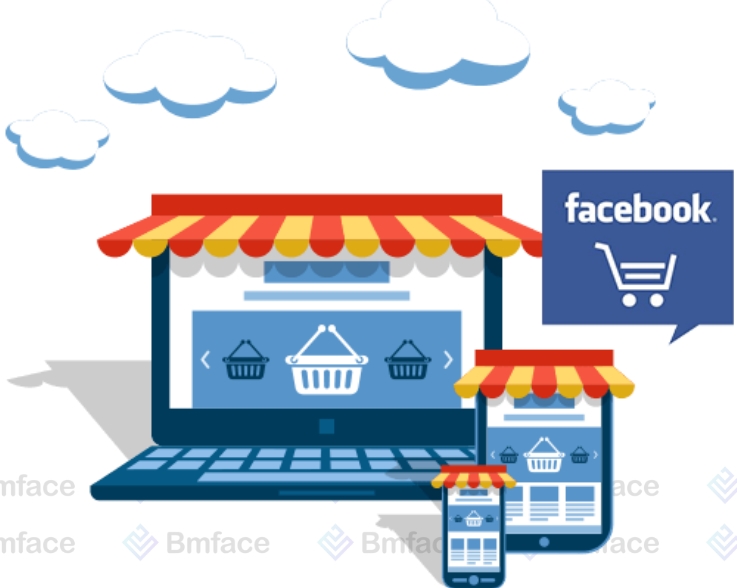
Setting Up Facebook Shop
Step 1: Create Your Shop
- Integration: First, ensure that your Facebook business page is properly set up. This is essential as the Shop section is an extension of your business page.
- Access the Shop Section: Go to your Facebook page and look for the 'Shop' tab on the left sidebar. If it's not visible, you may need to change your Page template to a shopping template via Settings.
- E-commerce Integration: If you already have an existing e-commerce platform, such as Shopify or BigCommerce, you can integrate these directly with your Facebook Shop. This integration can automate the process of adding products and managing sales.
Step 2: Optimize Your Product Listings
- Detailed Descriptions: Write clear, detailed, and compelling product descriptions that convey the benefits of your products. Good descriptions can influence buying decisions and help your products stand out.
- High-Quality Images: Include multiple high-quality images for each product. Images should be clear, well-lit, and show the product from different angles. Consider lifestyle shots that show the product being used in context to help customers envision it in their own lives.
- Relevant Keywords: Use relevant keywords in your product titles and descriptions to improve discoverability both on Facebook and in search engines.
Step 3: Set Up Payment and Shipping
- Payment Processing: Choose how you want to handle payments. Facebook allows you to process payments directly on the platform (Facebook Checkout) in some regions, or you can use an external website.
- Shipping Options: Set up your shipping options, including costs and delivery times. Clear communication on shipping policies is crucial to avoid customer dissatisfaction.
Step 4: Manage Your Inventory
- Inventory Management: Regularly update your inventory to ensure that all listed products are available. Use inventory management tools provided by your e-commerce platform to keep track seamlessly.
- Product Categories: Organize your products into categories to make it easier for customers to browse your shop. Well-organized shops are more user-friendly and can enhance the shopping experience.
Step 5: Promote Your Shop
- Marketing Campaigns: Utilize Facebook ads to promote your shop and specific products. Target your ads based on user demographics, interests, and behavior to reach potential customers effectively.
- Engage with Followers: Regularly post updates about new products, promotions, and sales. Engage with your followers by responding to comments and messages.
Step 6: Analyze and Adjust
- Use Insights: Monitor the performance of your shop through Facebook Insights. Track metrics such as views, clicks, and purchases to understand what works and what doesn’t.
- Continuous Improvement: Use the data gathered to continuously improve your product offerings, promotional tactics, and customer service.
Setting up a Facebook Shop offers a tremendous opportunity to expand your online presence and tap into Facebook’s extensive network of users. By carefully setting up and optimizing your shop, integrating seamless payment and shipping options, and actively engaging with customers, you can create a successful online store that drives sales and grows your business. Remember, the key to success in e-commerce is not just attracting customers to your shop but also providing them with a great shopping experience that encourages repeat business.
Linking Facebook Shop with Instagram
Linking your Facebook Shop with your Instagram account is a strategic move that can significantly enhance your online selling capabilities. By integrating these platforms, you can provide a unified and streamlined shopping experience, leveraging the visual appeal of Instagram alongside the robust commerce capabilities of Facebook. Here's a step-by-step guide on how to link these platforms and effectively use product tagging to boost sales:

1, Connecting Your Accounts
Step 1: Link Your Instagram Business Account to Your Facebook Page
- Access Settings on Facebook: Go to your Facebook page and navigate to 'Settings.' Under 'Settings,' find the 'Instagram' option.
- Connect Accounts: Follow the prompts to add your Instagram business account. This will require you to log in to your Instagram account to confirm the linking.
- Catalog Integration: Ensure your Facebook product catalog is set up. This catalog will be shared with Instagram, allowing you to tag products in your Instagram posts and stories.
Step 2: Verify Account Eligibility
- Check Eligibility: Ensure both your Facebook and Instagram accounts are eligible for Instagram shopping. This typically requires compliance with Instagram’s commerce policies, having a business account, and primarily selling physical goods.
2, Tagging Products on Instagram
Step 3: Enable Product Tagging on Instagram
- Activate Shopping Features: Once your accounts are linked and your catalog is synced, activate the shopping features on Instagram by going to your Instagram business account settings, selecting 'Business,' and then 'Shopping.'
- Select Your Product Catalog: Choose the product catalog you want to use from Facebook. This catalog will now be accessible on Instagram.
Step 4: Tagging Products in Posts and Stories
- Create a Post or Story: When you create a post or upload a story, you’ll see an option to tag products. Tap on the product in the photo or sticker option in stories and select the corresponding item from your catalog.
- Tag and Share: You can tag up to five products per single-image post or twenty products on multi-image posts. In stories, you can use one product sticker per story. Tagging directly links your audience to your Facebook Shop where they can view the product and complete the purchase.
3, Best Practices for Product Tagging
- High-Quality Visual Content: Use clear and appealing images that showcase your products effectively. High-quality visual content is crucial on Instagram and can significantly impact shopping behavior.
- Strategic Product Placement: Place product tags strategically in your posts and stories to ensure they are noticeable but not obstructive to the content's visual appeal.
- Engage and Inform: Use captions and story texts to add context to the products, explain their benefits, or share any special offers related to the tagged items.
Linking your Facebook Shop with Instagram and utilizing product tagging are powerful strategies that can help bridge the gap between browsing and buying, turning your social media followers into customers. This integration not only simplifies the management of your online presence but also enhances the customer shopping experience by providing direct, seamless access to your products. By following these steps and embracing best practices, you can effectively leverage your social media platforms to expand your reach, boost your sales, and grow your business in the digital marketplace.
Marketing Strategies to Enhance Sales
To maximize your sales through Facebook Shop, integrating effective marketing strategies that leverage both Facebook and Instagram is crucial. Utilizing cross-promotion tactics and ads can help create a synergistic effect that enhances visibility, engages potential customers, and drives conversions. Here's a detailed strategy for using these tools effectively:
1, Cross-Promotion Tactics
a, Leverage Both Platforms
- Exclusive Offers: Use Instagram to announce exclusive discounts available only through your Facebook Shop. This not only drives your Instagram followers to Facebook but also adds value to following your accounts on both platforms.
- Teaser Content: Share previews or teasers of new products on Instagram stories or posts, with a call to action directing followers to your Facebook Shop for the full product range and purchases.
b, Interactive Content
- Live Product Demos: Conduct live sessions on Facebook and Instagram where you demonstrate product usage, discuss features, and answer live questions. This can help break down barriers to purchase by providing real-time engagement.
- Customer Interaction: Use these live sessions to gather customer feedback, answer queries, and even take purchase orders. Engaging directly with customers can boost trust and encourage sales.
c, Storytelling and User-Generated Content
- Story Behind Products: Share stories about the creation, benefits, or unique aspects of your products. Use Instagram for visual storytelling and Facebook for more detailed narratives.
- User-Generated Content: Encourage customers to share their own photos and stories using your products, tagged with your shop's Instagram handle or a specific hashtag. Feature this content on both platforms to build community and trust.
2, Utilizing Ads to Drive Sales
a, Facebook and Instagram Ads
- Targeted Advertising: Create ads specifically designed to showcase your products available in the Facebook Shop. Use Facebook's powerful targeting tools to reach potential customers based on their interests, behaviors, and past interactions with your brand.
- Direct Links to Shop: Include direct links to your Facebook Shop in your ads, making it as easy as possible for potential customers to go from discovery to purchase.
b, Optimizing Ad Content
- Visual Appeal: Use high-quality, engaging visuals for your Instagram ads. Since Instagram is a highly visual platform, eye-catching images or videos can significantly increase the effectiveness of your ads.
- Compelling Copy: Write compelling ad copy that highlights the benefits of your products or any special offers. Your copy should be concise yet persuasive, ideally including a clear call to action.
c, Retargeting Campaigns
- Pixel Integration: Use the Facebook pixel on your website to track visitors. Then, create retargeting ads on Facebook and Instagram to reach users who visited your shop but did not make a purchase.
- Segmented Retargeting: Segment your audience based on their interaction level (e.g., those who added items to their cart vs. those who only viewed products) and tailor your messages accordingly.
Combining cross-promotion tactics with strategic use of ads can significantly amplify the reach and effectiveness of your Facebook Shop. By engaging customers interactively, leveraging the visual strengths of Instagram, and utilizing the targeted capabilities of Facebook ads, you can create a cohesive and compelling marketing strategy that drives traffic, enhances customer engagement, and boosts sales. Continuously analyze the performance of your strategies and adjust as needed to ensure optimal effectiveness and ROI.
Analyzing Performance to Maximize Results
Maximizing results from your Facebook Shop and its integration with Instagram requires diligent tracking, analysis, and responsive customer engagement. Here’s a detailed approach to analyzing performance and refining your strategies to enhance overall sales and customer satisfaction:
1, Tracking and Analytics
a, Sales and Performance Monitoring
- Use Integrated Tools: Leverage Facebook Insights and Instagram Analytics to gather data on how your shop and individual posts are performing. Pay attention to metrics such as click-through rates, conversion rates, and overall sales numbers.
- Product Performance: Identify which products are performing best by tracking views, clicks, and purchases. This data will help you understand consumer preferences and potentially adjust your inventory or promotional strategies accordingly.
b, Traffic Sources and Customer Behavior
- Analyze Traffic Sources: Understand where your traffic is coming from by analyzing referral sources in your analytics dashboard. This can help you identify which platforms or promotional tactics are most effective at driving visitors to your shop.
- Customer Journey Analysis: Track the customer journey to see at what stage potential customers are dropping off. Use this information to optimize the user experience, whether it's improving product descriptions, enhancing images, or simplifying the checkout process.
2, Customer Feedback and Interaction
a, Engage with Your Audience
- Prompt Responses: Make sure to respond promptly to any customer inquiries, comments, or feedback received on both platforms. This not only improves customer satisfaction but also boosts your engagement metrics, influencing platform algorithms positively.
- Feedback Utilization: Actively seek and utilize customer feedback to refine your product offerings and improve your service. Consider features like polls or questions in your posts or stories to gather insights directly from your audience.
b, Review and Respond to Reviews
- Monitor Reviews: Keep an eye on customer reviews and ratings in your shop. Address any negative reviews with offers to resolve issues, and thank customers for positive reviews. This engagement can turn dissatisfied customers into loyal ones and reinforce good relationships with satisfied customers.
3, Refining Your Strategy
a, Adjust Based on Analytics
- Optimize Product Mix: If certain items sell better than others, consider promoting them more heavily or stocking similar items. Conversely, reevaluate items that aren't performing well.
- Marketing and Advertising Adjustments: Use the insights from your performance analysis to adjust your marketing strategies. If ads on one platform perform better than the other, reallocate your budget accordingly.
b, Test and Iterate
- A/B Testing: Regularly conduct A/B testing on your ads, posts, and even shop layout to see what variations drive the most engagement and sales.
- Innovative Tactics: Stay open to trying new marketing tactics, whether it's a different style of visuals, using influencer marketing, or experimenting with new ad formats. Keep what works and discard what doesn’t based on performance data.
Conclusion
By effectively utilizing the analytics tools available through Facebook and Instagram, engaging responsively with your audience, and continuously refining your strategies based on data, you can maximize the efficacy of your Facebook Shop. This approach not only enhances sales but also builds a robust online presence that resonates with your target audience, ensuring sustained success in a competitive digital marketplace. Through strategic planning, ongoing analysis, and adaptive engagement, you can leverage the combined power of Facebook Shop and Instagram to create a comprehensive and successful e-commerce strategy.
Don't forget to follow Bmface and tutorial blog to update more interesting content!
Cảm ơn bạn đã theo dõi bài viết. Mua hàng tại Bmface.com để ủng hộ đội ngũ Admin viết thêm nhiều bài viết hay. Xin cảm ơn!


